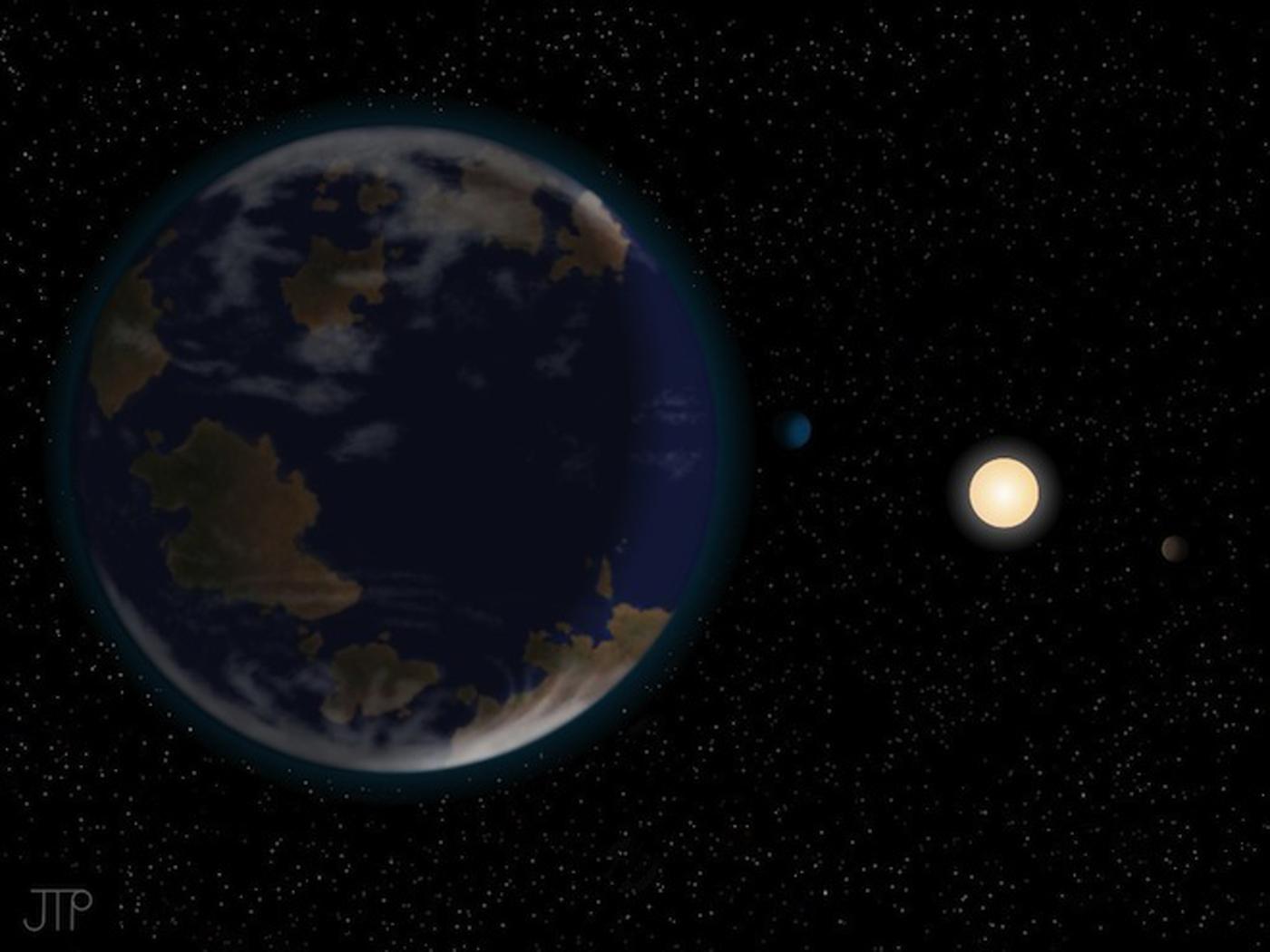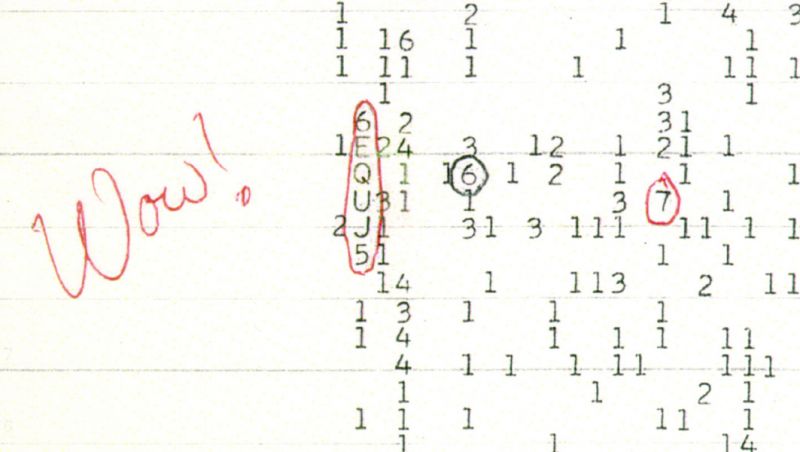
Its name is unimpressive, but its location is choice. European astronomers have discovered a sixth planet around the dwarf star HD 40307 that just might have the right stuff for life.
HD 40307g, as the newly discovered world is called, is the sixth planet to be uncovered around this K-type star – a dimmer cousin of the Sun, lying a mere 42 light-years away. But unlike its planetary siblings, HD 40307g isn’t in a star-hugging inner orbit. Instead, it pirouettes around its star at a distance of about 0.6 astronomical units, or roughly the same as Venus’ distance from the Sun. That may sound as if this new world would be unbearably toasty. But since HD 40307 is not as bright as the Sun, temperatures might in fact be quite suitable for habitation – especially if the planet has a thick atmosphere. It is also far enough away from its host star that it is unlikely to be trapped in so-called synchronous rotation – with one hemisphere perpetually turned sunward. That situation makes for a tough environment.
HD 40307g is a so-called “super-Earth” – not because it bests our world in anything we know about, but simply because it’s a bit larger; almost twice the diameter of Earth. But even at that somewhat greater heft, this new world could sport liquid oceans and an atmosphere. In other words, it could support biology as we know it.
This star system is in the constellation of Pictor, deep in the southern hemisphere and beyond the reach of nearly all telescopes in the continental U.S., including our own Allen Telescope Array. In 1995, the SETI Institute’s Project Phoenix examined approximately 200 southern hemisphere star systems using the Parkes radio telescope in eastern Australia, looking for signals sent by intelligent beings. Alas, HD 40307 wasn’t on our list. If its newly found sixth planet hosts inhabitants, their privacy is – at least for a while – still intact.





